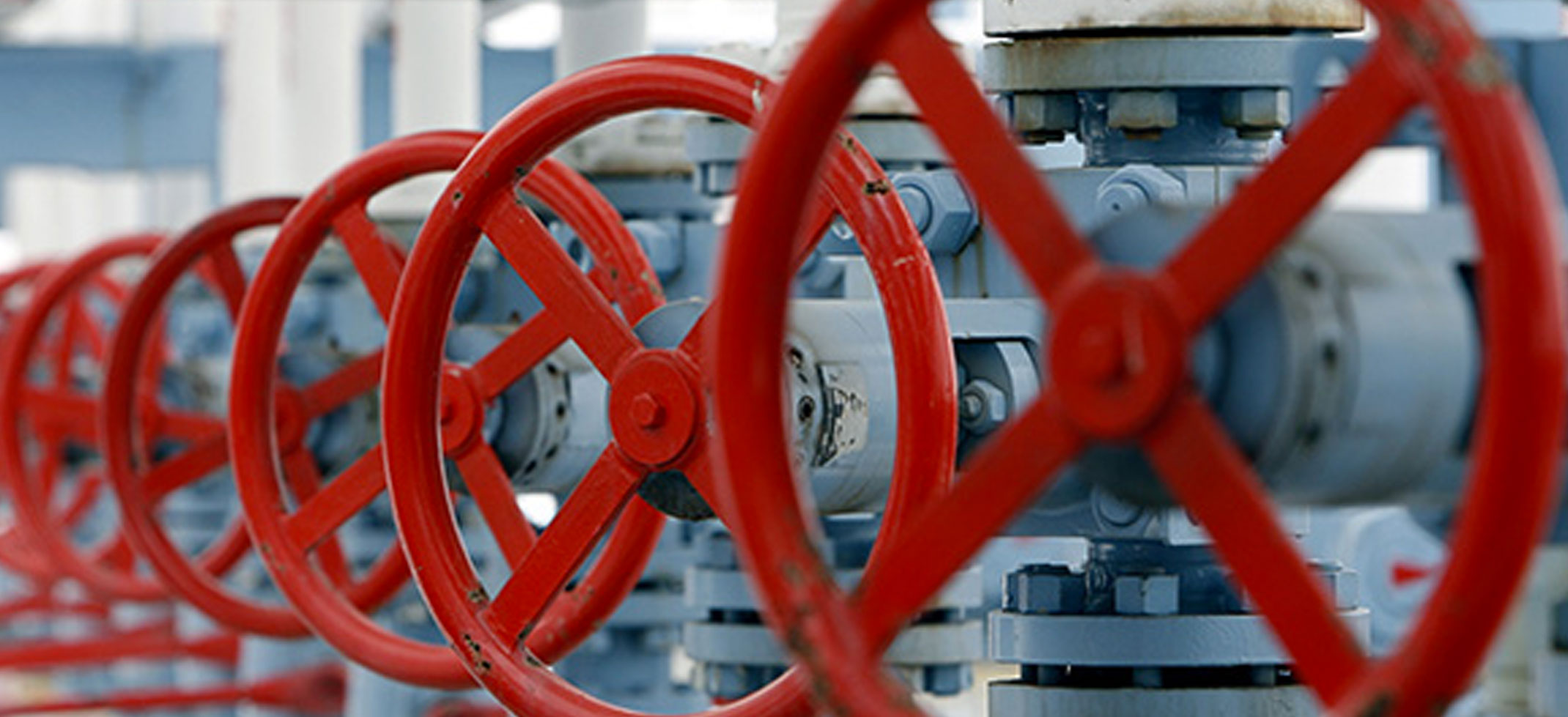The Eastern Mediterranean (EastMed) pipeline will be designed to transport up to 15 billion cubic meters from the recently discovered offshore gas reserves in the Levantine Basin (Cyprus and Israel) and the potential reserves of Greece to the Greek National gas systems and the Italian gas system via the Poseidon pipeline. Its estimated annual flowrate would be equal to 8 billion cubic meters in return of a construction cost of approximately 5 billion USD. This should eventually establish a physical interconnection between the European mainland and the gas reserves at the Eastern Mediterranean basin (Israel 1400 bcm, Cyprus 1250 bcm, Lebanon 750).
The Eastmed pipeline project is approx. 1700km long from the new discoveries of natural gas in the East Mediterranean region up to the connection with the Poseidon Pipeline. The project comprises the following sections: approx. 150km offshore pipeline from the Levantine Basin to Cyprus; approx. 650km offshore pipeline from Cyprus to Crete; approx. 400km offshore pipeline from Crete to Peloponnesus; approx. 500km onshore pipeline on the Greek territory up to the connection with Poseidon pipeline in the Thesprotia region.
Although some may argue that the prospective flows through this pipeline will not have a noticeable impact on the overall EU energy supply picture (409 bcm in 2014), the potential of East Med pipeline to become a real game-changer for Southeastern Europe should be unquestionable. Its projected annual flowrate could match the Russian gas volumes currently exported to the four largest Balkan markets combined; Romania, Greece, Bulgaria and Serbia. In other words, for the first time russian suppliers would obtain a real contestant in the region and consecutively supply alternatives and market competition could almost double. Besides the significant economic benefits of expanding the number of market players, using Cypriot (i.e. domestic to the EU) and other Eastern Mediterranean natural gas to expand the supply options of European markets is a direct implementation of the European Energy Security Strategy.
More information: http://www.heatexchanging.com






